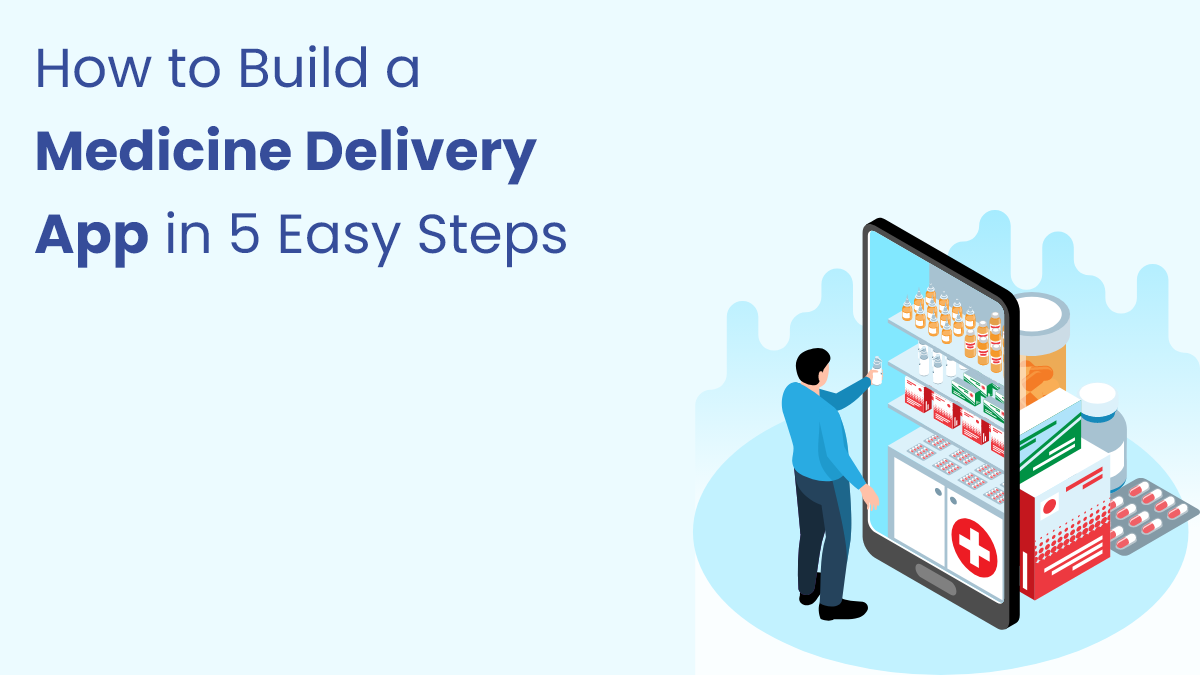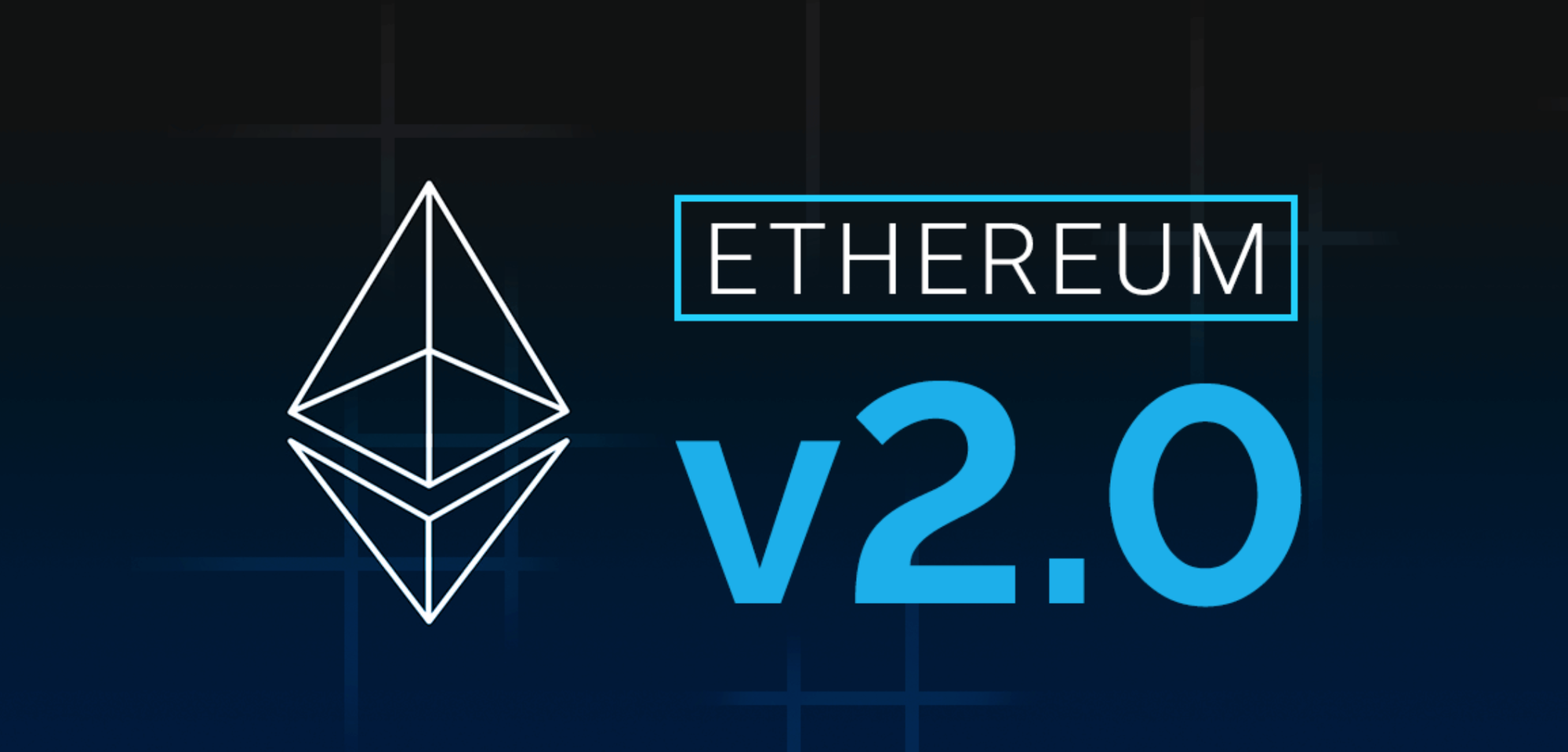In today's digital age, the demand for convenient and accessible healthcare services is on the rise. One such service gaining popularity is medicine delivery apps, which allow users to order prescription medications and have them delivered directly to their doorstep. If you're looking to capitalize on this growing trend and develop your own medicine delivery app, follow these five easy steps to get started.
Step 1: Define Your Objectives and Target Audience
Before diving into app development, it's crucial to define your objectives and identify your target audience. Determine what sets your medicine delivery app apart from competitors and what unique value proposition it offers to users. Consider factors such as delivery speed, medication variety, user experience, and pricing model. Conduct market research to gain insights into your target demographic's preferences, needs, and pain points, which will inform your app's features and functionality.
Step 2: Choose the Right Development Approach
Once you've defined your objectives and target audience, it's time to choose the right development approach for your medicine delivery app. You have several options to consider, including building the app in-house, outsourcing development to a third-party agency, or using a low-code or no-code app development platform. Each approach has its pros and cons in terms of cost, time-to-market, control, and scalability, so weigh your options carefully based on your budget, resources, and project requirements.
Step 3: Design an Intuitive User Interface
User experience is paramount in medicine delivery app development, as it directly impacts user satisfaction and retention. Design an intuitive user interface that is easy to navigate and visually appealing. Prioritize simplicity and clarity in your app's layout, ensuring that users can easily find and order the medications they need with minimal friction. Incorporate features such as medication search, prescription upload, dosage reminders, and secure payment options to enhance usability and convenience.
Step 4: Develop Robust Backend Infrastructure
Behind every successful medicine delivery app is a robust backend infrastructure that powers its functionality and performance. Develop a scalable and secure backend system that can handle user registration, medication inventory management, order processing, payment processing, and delivery logistics. Implement technologies such as cloud computing, database management systems, API integrations, and encryption protocols to ensure the reliability, efficiency, and security of your app's backend operations.
Step 5: Test, Launch, and Iterate
Before launching your medicine delivery app to the public, thoroughly test it to identify and address any bugs, glitches, or usability issues. Conduct usability testing with real users to gather feedback and insights on their experience with the app. Iterate on your app's design and functionality based on user feedback and testing results, continuously striving to improve and optimize the user experience. Once you're confident in your app's performance and usability, launch it to the app stores and promote it to your target audience through marketing and advertising channels.
Conclusion
In conclusion, building a medicine delivery app doesn't have to be a daunting task. By following these five easy steps – defining your objectives and target audience, choosing the right development approach, designing an intuitive user interface, developing a robust backend infrastructure, and testing, launching, and iterating – you can bring your vision of a convenient and accessible healthcare solution to life. With careful planning, execution, and iteration, your medicine delivery app has the potential to make a meaningful impact on the lives of users and revolutionize the way they access essential medications.





